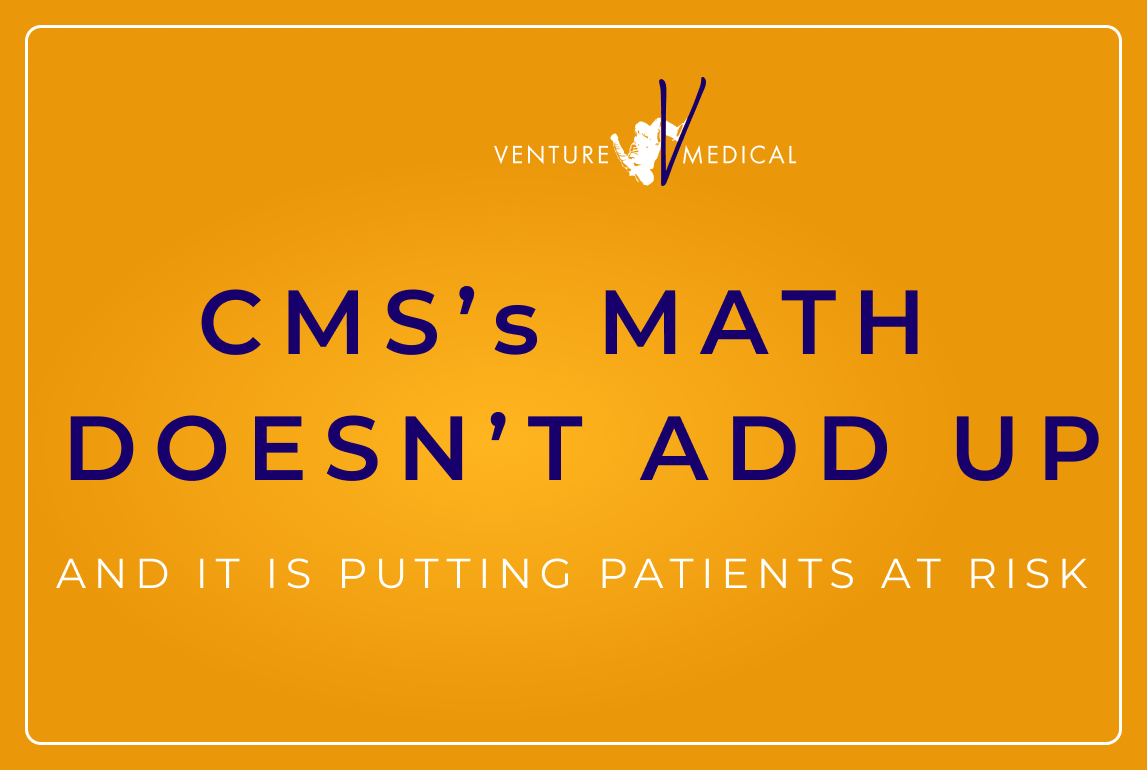Skin Substitutes: An Inconvenient Truth

Proposed Medicare Cuts To Skin Substitutes Could Force Wound Care Clinicians Out, Putting Thousands of Patients at Risk.
As we all consider the implications of the new Physician Fee Schedule, the proposed LCDs, and other proposed policy changes, we should keep in mind an inconvenient truth about skin substitutes. The idea of the ASP+6 model was that clinicians would be reimbursed for the cost of the product plus a (very) small mark-up of 6% (really closer to 4% after the effects of the sequester). This is consistent with how CMS pays for other types of drug and biologics administered by physicians, such as oncology drugs.
CMS’s new PFS proposal changes this arrangement, but it is still based on the idea that clinicians should be reimbursed for the cost of the product, with little to no additional margin. Even the 4% bump available in the ASP model will now be gone, with a relatively small physician fee added for the application. (As we discussed in a prior post, hospital outpatient clinics are due to be paid significantly more for this service.)
The truth is that this set-up will not work for clinicians, and neither did the ASP model with clinicians making only 4% plus margin. Unlike oncology or other specialty clinics dispensing drugs, wound care practitioners do not have the margins in the rest of their practice to supply skin substitutes for patients if they are forced to absorb a loss. Potential areas of loss such as unpaid copays, untimely reimbursement denials and ruthless automatic recoupments can be catastrophic in this razor-thin margin environment. The ASP model became distorted in large part because of this very reality. This is the reason that many are complaining about the proposed PFS as an overreaching solution to a problem CMS itself created and is now speculatively lashing out in anger with pricing they know cannot be supported in fact or their own claims data.
The bottom line is that independent clinicians need some financial breathing room in order to allow them to supply these beneficial treatments to their patients. Without this, tens of thousands of patients will not receive care that can prevent even larger costs to human dignity, quality of life, and the Medicare Trust Fund through devastating hospitalizations, amputations and even death. Any reimbursement proposal must address this gap either directly or indirectly, allowing clinicians to achieve some margin in order to defray their risks or practitioner will leave wound care practice in droves. Increased physician fees to parity with physician fees in the HOPD, and other solutions to this problem should all be on the table. Audits, claw backs and other forms of financial risk to practices simply must be moderated. It is time for us all to talk about this problem clearly and directly as we discuss the various policy proposals that are now being considered. It’s time for providers to organize and be clear about what they need to continue providing the best care for their patients, wherever they need to be treated. Entire care models are at risk without this.







.svg)










.png)

